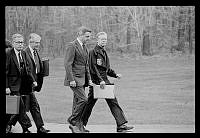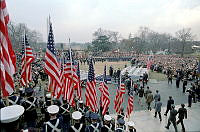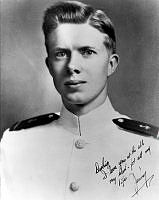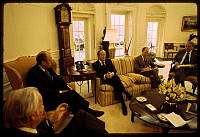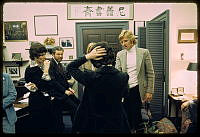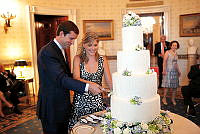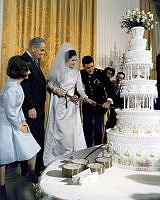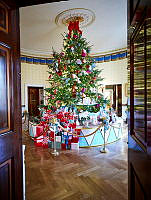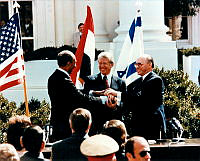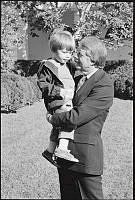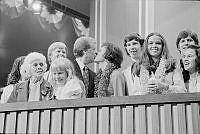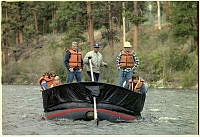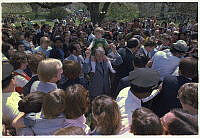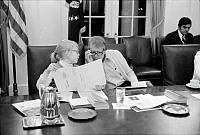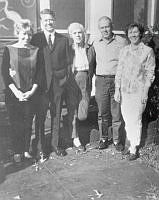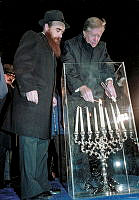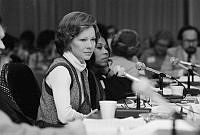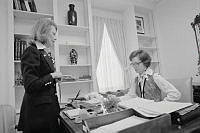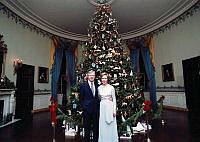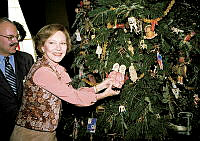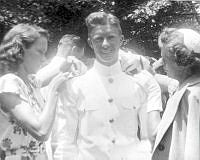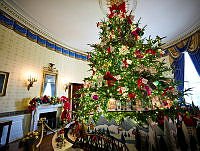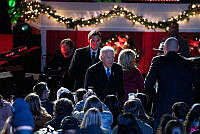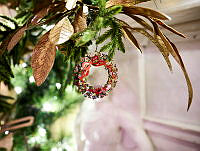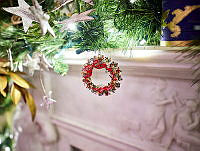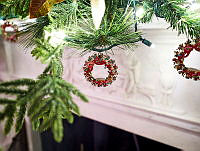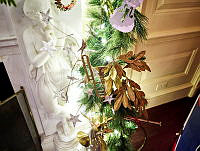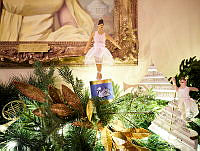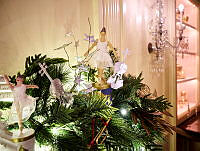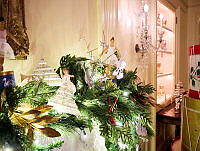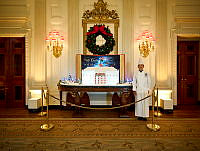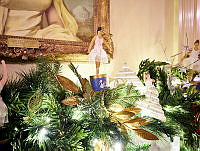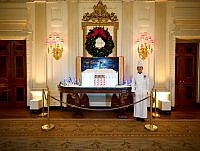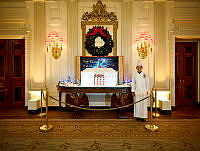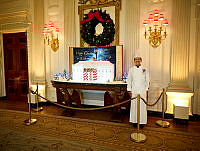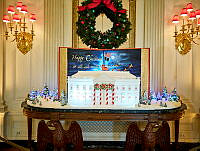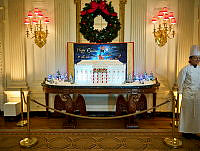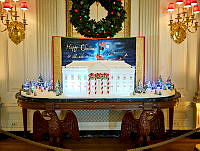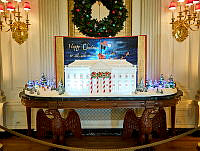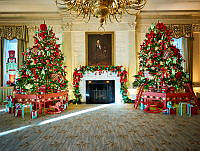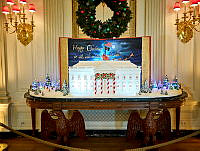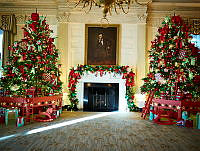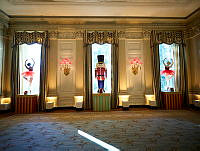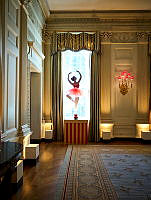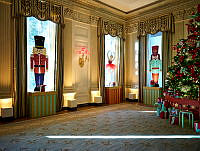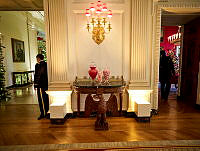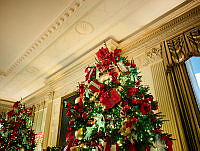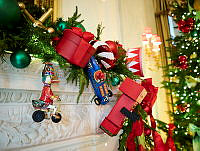Rubenstein Center Scholarship
Tennessee in the White House
As he left the White House in 1869, President Andrew Johnson supposedly exclaimed that he could “already smell the sweet mountain air of Tennessee.”1 Despite the considerable distance between Washington, D.C. and Tennessee, there have been numerous connections between the state and the Executive Mansion that highlight Tennessee influence in the history of the president’s home.
Three presidents, all serving during the nineteenth century, hailed from Tennessee. Andrew Jackson’s 1829 inauguration was the first to take place on the East Front of the United States Capitol Building. The day’s festivities also witnessed an infamous public reception at the White House. The Jackson connection to the White House and its neighborhood also goes beyond his presidency and lifetime. A statue of Jackson, modeled on sculptor Clark Mills’1853 original in Washington, D.C.’s Lafayette Square, was dedicated on the grounds of the Tennessee State Capitol in 1880 with Mills addressing those in attendance. Replicas of this statue also exist in New Orleans, Louisiana and Jacksonville, Florida.2

President Andrew Jackson
White House Historical Association (White House Collection)James K. Polk and Sarah Polk first made their mark on the White House by decorating the Red Room with red fabric and upholstery in 1845. The first interior and exterior photographs of the White House also were taken during his administration.
Andrew Johnson, sworn into office after the assassination of Abraham Lincoln, served during the first years of Reconstruction. During this tumultuous time, his daughter, Martha Johnson Patterson, oversaw a refurbishment of the White House and established the tradition of displaying presidential portraits throughout the State Floor.

The first known exterior photograph of the White House depicts the home during the administration of James K. Polk. Note the absence of the famed South Lawn “Jackson Magnolias.”
Library of CongressNew Yorker Franklin D. Roosevelt took inspiration from and visited the state during his presidency. His 1937 inaugural reviewing stand was modeled after Andrew Jackson’s Tennessee estate, the Hermitage, by architect Waddy B. Wood.3
Roosevelt also traveled to Tennessee during his presidency to deliver an address at the Chickamauga Dam Celebration near Chattanooga and to dedicate Great Smoky Mountains National Park on September 2, 1940. The Smoky Mountains dedication occurred at Newfound Gap along the Tennessee and North Carolina border. The president remarked on the beautiful scenery of the Smoky Mountains and its benefit to the country, telling the audience, “There are trees here that stood before our forefathers ever came to this continent; there are brooks that still run as clear as on the day the first pioneer cupped his hand and drank from them. In this Park, we shall conserve these trees, the pine, the red-bud, the dogwood, the azalea, the rhododendron, the trout and the thrush for the happiness of the American people.”4

President Andrew Johnson
White House Historical Association (White House Collection)Selections in White House building materials and decorative arts also reflect the influence of the “Volunteer State.” First Lady Ellen Wilson was a prominent sponsor of Appalachian craft makers. In addition to serving as honorary president of the Southern Industrial Education Association, she selected handwoven fabrics from Tennessee and North Carolina for President Woodrow Wilson’s bedroom, which became known as the “Blue Mountain Room.”5

President Franklin D. Roosevelt watches his second inaugural parade on January 20, 1937 from a reviewing stand modeled after Andrew Jackson’s Hermitage.
Franklin D. Roosevelt Presidential Library and Museum/NARAWhile the origins of this connection are likely apocryphal, the famous “Jackson Magnolias” are arguably one of the most remembered associations between the White House and the state of Tennessee. Tradition holds the trees were planted from seeds from Jackson’s Hermitage estate in memory of his wife, Rachel Donelson Jackson, who passed away the December before his inauguration.6 Mid-nineteenth century photographs and a lack of Jackson-era documentary evidence suggests the pair of magnolias were planted on the South Lawn of the White House after the Jackson administration.
One of the more subtle Tennessee influences in the modern White House is the tiled Tennessee marble floor in the Entrance Hall, a ubiquitous feature of almost every White House visitor’s experience inside the Executive Mansion.7

The Tennessee marble-floored in the White House Entrance Hall.
White House Historical Association












